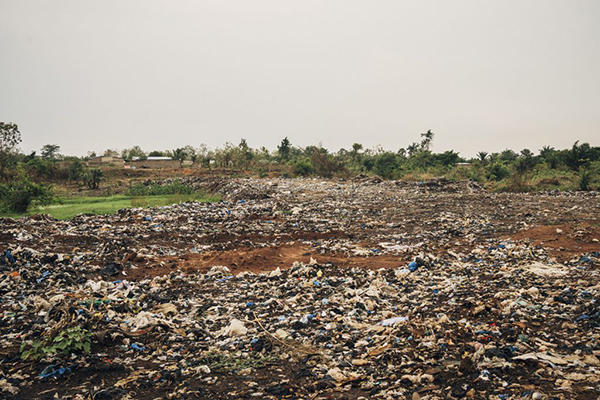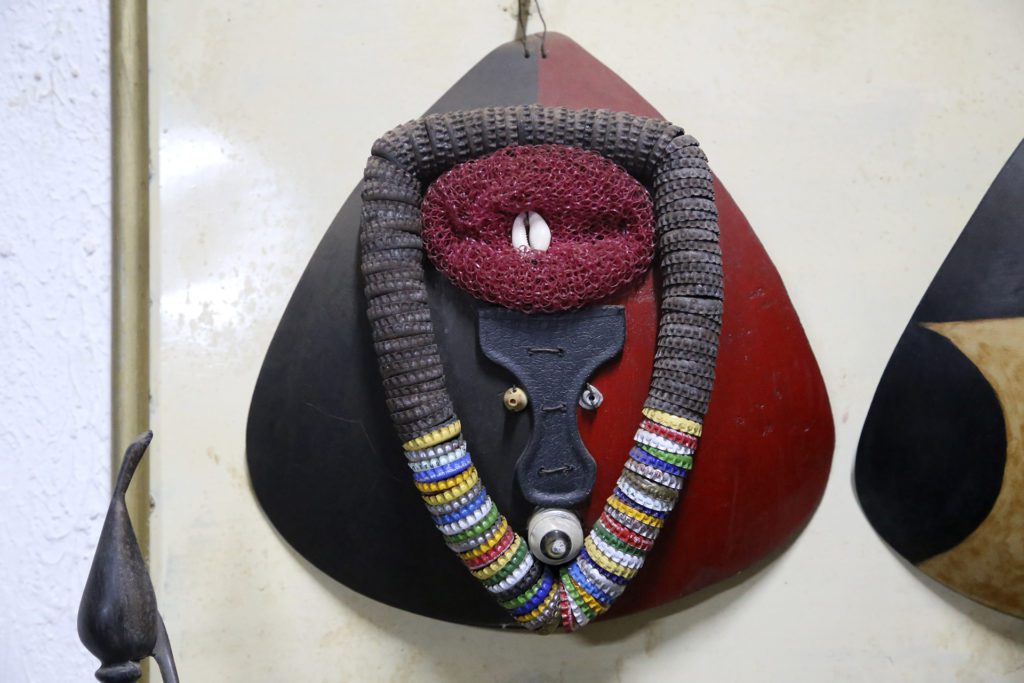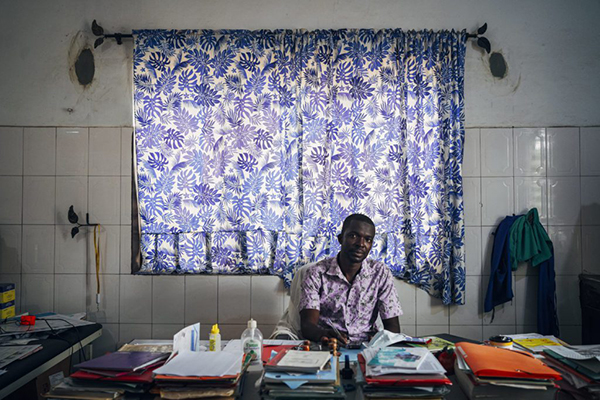Lymphatic filariasis, commonly known as elephantiasis, is a neglected tropical disease. Infection occurs when filarial parasites are transmitted to humans through mosquitoes. Infection is usually acquired in childhood causing hidden damage to the lymphatic system.
The painful and profoundly disfiguring visible manifestations of lymphatic filariasis mean that the disease leads to stigma for those who suffer from it. These patients are not only physically disabled but suffer mental losses and face stigma and lack of opportunity because of their disease. But what is lymphatic filariasis or elephantiasis and how is it transmitted?
Key facts about lymphatic filariasis
- It is a Neglected Tropical Disease (NTD) caused by the transmission of parasites called filarials by mosquitoes.
- The filariae reproduce in the lymphatic system and produce larvae that circulate in the blood of the infected person.
- It can lead to hypertrophy of the limbs, causing pain, severe disability and social stigma.
- Preventive chemotherapy is the most effective treatment to stop its spread. Mass medication rounds in endemic regions are the most effective way to stop filariasis transmission.
- In 2020, 863 million people in 50 countries were living in areas requiring preventive chemotherapy to stop the spread of infection.
- There are currently 73 countries endemic for the disease.
Transmission of lymphatic filariasis
Lymphatic filariasis is an infection caused by nematodes of the family Filarioidea. Specifically, there are three types of worms:
- Wuchereria bancrofti, which causes 90% of cases.
- Brugia malayi, which causes most of the remainder of cases.
- Brugia timori, which can also cause the disease.
The disease begins its cycle when Culex, Anopheles or Aedes mosquitoes are infected with these worms and then bite a person.
Symptoms and treatment
Lymphatic filariasis or elephantiasis infection may initially be asymptomatic, showing no external signs of infection. These asymptomatic infections still cause damage to the lymphatic system and the kidneys and alter the body’s immune system.
When lymphatic filariasis develops into chronic conditions it leads to lymphoedema (tissue swelling) or elephantiasis (skin/tissue thickening) of limbs, perhaps the most recognisable symptom of filariasis. Involvement of breasts and genital organs is common, leading to scrotal swelling in men, among other complications.
Such body deformities often make victims feel ashamed to go out in public, which is paired with the social discrimination they suffer. Stigma and rejection cause many victims to isolate themselves or lose their jobs. The socioeconomic burdens of isolation and poverty are immense.
How is lymphatic filariasis or elephantiasis prevented and cured?
Elimination of lymphatic filariasis is possible by stopping the spread of the infection through preventive chemotherapy. The WHO recommended preventive chemotherapy strategy for lymphatic filariasis elimination is mass drug administration (MDA), which involves administering an annual dose of medicines to the entire at-risk population. These medicines used have a limited effect on adult parasites but effectively reduce the density of microfilariae in the bloodstream and prevent the spread of parasites to mosquitoes. The most commonly used MDA medicine is albendazole, which is combined with other regimens that prevent other NTDs such as loiasis and onchocerciasis.
This mass drug administration is effective in interrupting transmission when conducted annually for at least 4–6 years with effective coverage of the total population at risk. According to WHO figures, from 2000 to 2020, 8.6 billion cumulative treatments were delivered to more than 925 million people at least once in 68 countries, considerably reducing transmission in many places. Today, preventive chemotherapy to control elephantiasis is still required in 47 countries.
The Anesvad Foundation works with the governments of Côte d’Ivoire, Ghana, Togo and Benin to control and eliminate lymphatic filariasis. We support mass drug distribution programmes and help raise awareness among the population to combat the discrimination and stigma that lymphatic filariasis causes.






